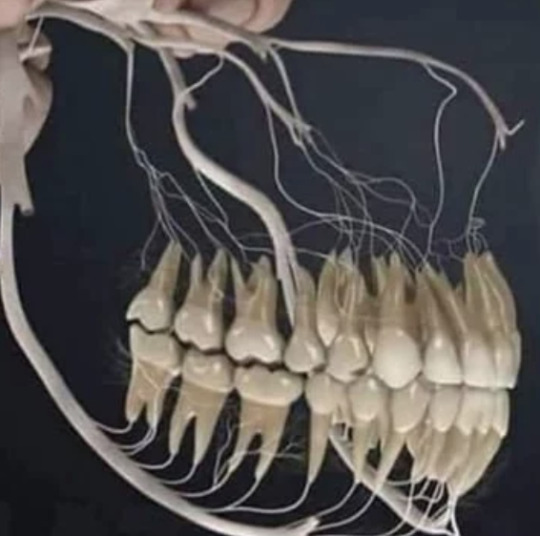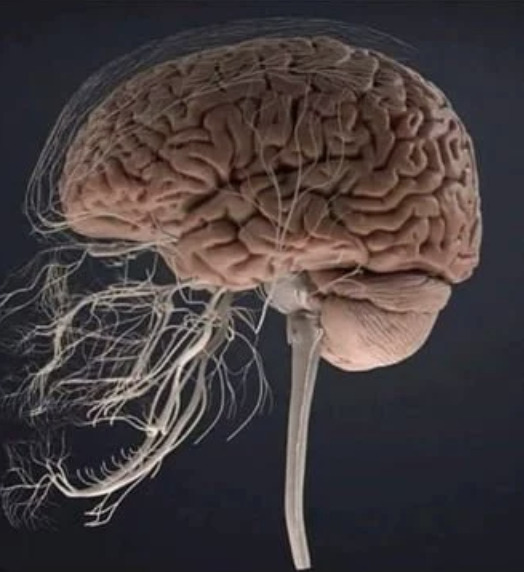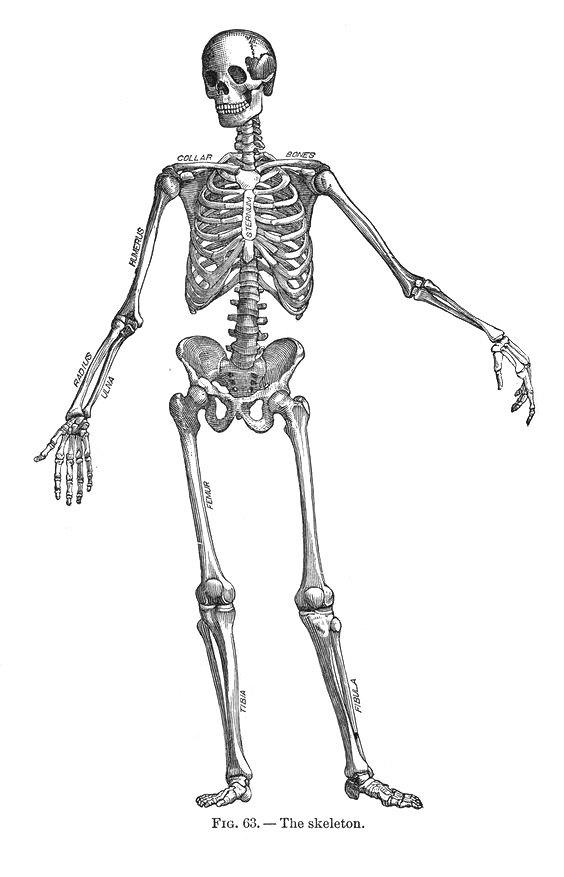Don't wanna be here? Send us removal request.
Text
“Education is the sum of what students teach each other in between lectures and seminars.”
— Stephen Fry, The Fry Chronicles
74 notes
·
View notes
Text
0 notes
Text
0 notes
Photo


Why toothaches tend to be linked to headaches.
28K notes
·
View notes
Text
so metropolitan museum of art has a register of books they’ve published that are out of print and that you can download for free! they’re mostly books on art, archeology, architecture, fashion and history and i just think that’s super useful and interesting so i wanted to share! you can find all of the books available here!
182K notes
·
View notes
Photo

Diagram showing the distribution of the facial nerve to the face, 1889
1K notes
·
View notes
Photo

Joel Dorman Steele, Hygienic Physiology, ca. 1901
93 notes
·
View notes
Photo

Winfield S. Hall, Elementary Anatomy Physiology and Hygiene for Higher Grammer Grades, ca. 1911
419 notes
·
View notes
Photo

Dodo, General guide to the exhibition halls of the American Museum of Natural History, 1911
732 notes
·
View notes
Photo

Skeletons of horse and man, General guide to the exhibition halls of the American Museum of Natural History, 1911
2K notes
·
View notes
Photo

Alvin Davison, The Human Body and Health Revised, 1908
298 notes
·
View notes
Text
“There is a certain irony here, because many of the first werewolves to be outed in society from the 16th through the 18th centuries were actually women. Just as our American ancestors had their Salem Witch Trials, Europe had its Werewolf Trials, and a large number of the so-called “werewolves” tortured and burned at the stake were female. […] In the 17th-century werewolf trials of Estonia, women were about 150 percent more likely to be accused of lycanthropy; however, they were about 100 percent less likely to be remembered for it.”
“Here’s also a pronounced lack of female werewolves in popular culture. Their near absence in literature and film is explained away by various fancies: they’re sterile, an aberration, or—most galling of all—they don’t even exist.Their omission from popular culture does one thing very effectively: It prevents us, and men especially, from being confronted by hairy, ugly, uncontrollable women. Shapeshifting women in fantasy stories tend to transform into animals that we consider feminine, such as cats or birds, which are pretty and dainty, and occasionally slick and wicked serpents. But because the werewolf represents traits that are accepted as masculine—strength, large size, violence, and hirsutism—we tend to think of the werewolf as being naturally male. The female werewolf is disturbing because she entirely breaks the rules of femininity.”
— Julia Oldham, Why Are There No Great Female Werewolves?
22K notes
·
View notes
Text
Mongolians are cool because they’ve merged their traditional and modern ways of life so rather than having poverty due to losing all their important skills they just live in their yurts with their cows and 827474874mbs internet
400K notes
·
View notes
Text
What is “Intent?”

There are two principal aspects to assessing a fencing action - the quantitative (was a hit made) and the qualitative (was the hit good?).
It is a matter of ongoing grief for many fencers when their hits are not recognised on the opponent. Many believe more “objective” measures, such as applying chalk to the blade to leave a mark on the opponent when they are struck, or electric scoring methods, would relieve this problem.
We need to develop beyond the mentality that the physical occurence of a touch is the most useful thing in determining the outcome of a fencing exchange. To this end, more “objective” measures of the touch might prove extremely successful - finally people will stop arguing over what they believe they saw, and the focus can rest where it should be… On the decision making which lead to that point.
A fencing match is not a simulation of a real fight. It is an assessment of the decision making capabilities of a fencer. For example, in the chaos of a real fight, deliberately making a “double-hit” can very well be a risk which pays off for an individual. Objectively, we may well have survived an impalement and gained the advantage of cleaving the opponent’s head in half. But it is not a very intelligent decision to make, so we never reward that decision in a fencing match.
And that is what intent really is - decision making. It’s not often that we explain this - it is usually learned by example, with a junior referee observing a poor strike, hearing the senior referee call the action lacking in intent, and wrongly learn that the strike was not “hard” enough.
We ought to look to reward intentional actions. If a fencer #1 scores a thrust in opposition on her opponent, and the opponent #2’s blade slumps down on the fencer’s hands, this action lacks intentionality. It isn’t the point that the strike wasn’t “hard” enough - it’s that the action of #2 was not intentional. The thrust in opposition may not have been made perfectly - which is something a ruleset or training paradigm may or may not choose to recognise, but this was certainly not due to the actions of fencer #2, whos decision making was barely evident.
A strike landing stoutly can be indicative of intent, but it is certainly not the same thing as intent. To determine the intent of an attack, we would be better off asking the question: What was the fencer trying to do, and did they achieve this? If a fencer blindly undulates their weapon out in front of them, there is a decent chance it might touch part of their opponent. However, we should not reward it as an achievement on the part of that fencer.
We ought to do what we can to correct this. Not just referees, but every fencer needs to understand the meaning of the word intent. Nobody should be incentivised to hit harder to make their point. From a sporting perspective, we would also gain by focusing more on decision making than the simple observation of touch-or-no-touch.
151 notes
·
View notes
Photo

From The Mystery of Marlborough House, 1866.
It’s been said that “skeletons symbolize everyone’s condition in the world, where we are all left abandoned and starving, longing desperately for union with and nourishment from heaven and earth”: see my skeletons gallery.
Context: Weblog | Books | Videos | Music | Etsy
132 notes
·
View notes
Text
You know the marshmallow experiment?
So there’s this experiment where researchers take a bunch of preschoolers and give them a marshmallow and they say, “ok, you can eat this now, or you can wait thirty minutes and then we’ll give you two marshmallows.”
And they leave them alone with hidden cameras and watch the struggle of willpower and it’s supposed to say something about delayed gratification.
And this thing gets used to explain why some people are better with money than others, or make various other better life choices. The Aesop here is if you can delay your satisfaction, you’ll get ahead.
But here’s a proposed version of that experiment that’s more realistic.
Give the kid the marshmallow and explain it all as above. Then come back 30 minutes later and say, “Sorry, actually we ran out of marshmallows, so even though you didn’t eat yours, you’re not getting a second one. Other kids got two, but you don’t. Also, every kid with fewer than two marshmallows has to give back their original marshmallow. Sorry we didn’t tell you that earlier now hand it over.”
Then call them back for a repeat experiment where you give them the same offer. See how many kids scarf that marshmallow down in two seconds flat because like hell they’ll trust you again.
25K notes
·
View notes
